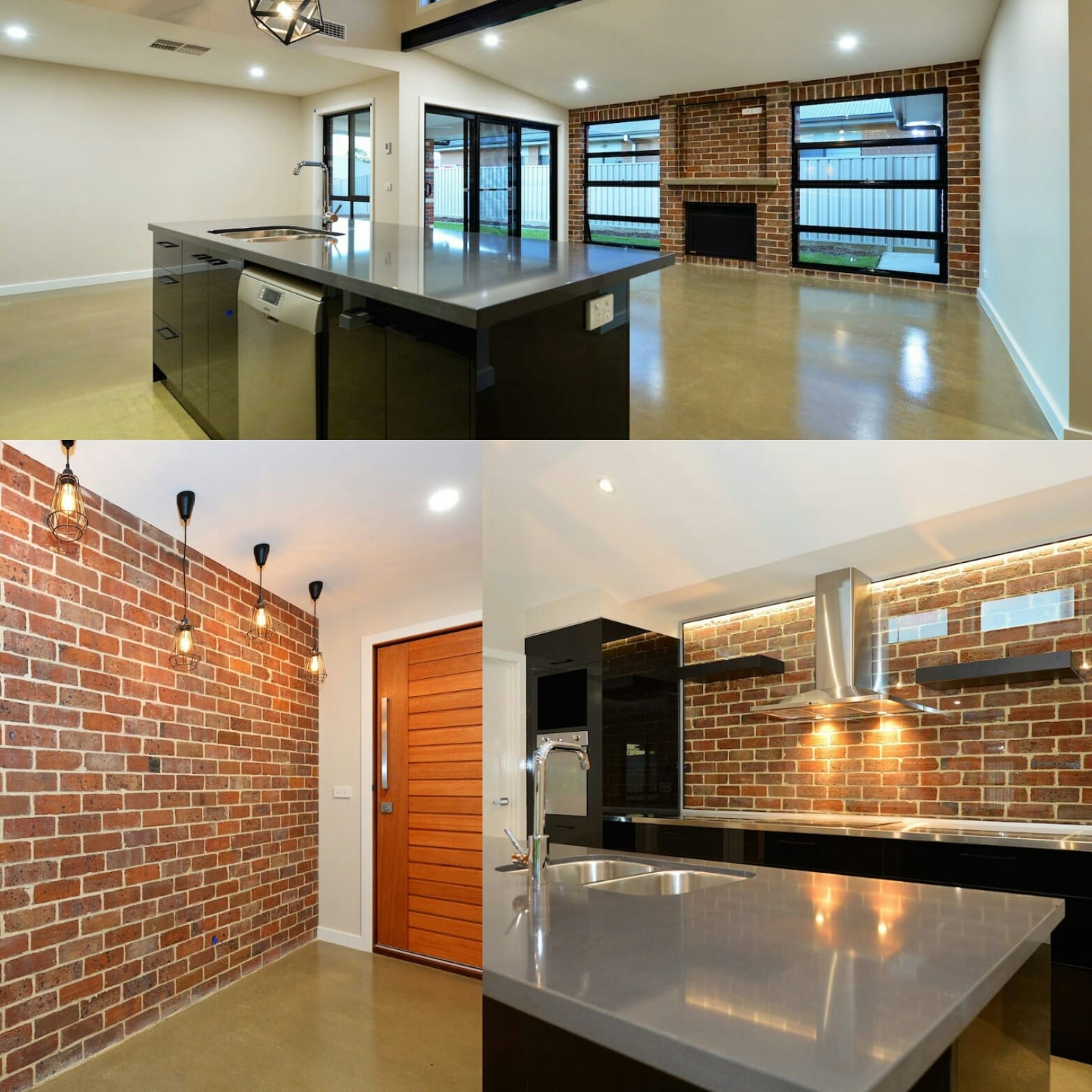
At PAH Innovative Construction, we’re all for making your new home, and every new home project we embark on, as energy efficient as possible.
Over the years we have earned a name for ourselves as home builders who carefully consider all aspects of a home – from windows, walls and roofs, to passive design features such as orientation and layout – to deliver the most practical and efficient homes, that maintain a high aesthetic standard also.
Some of our 2015 award wins are testament to this, including:
• 2015 HIA Domain Riverina Housing Awards – Greensmart Energy Efficient Home of the Year
• 2015 MBA Excellence in Regional Building Awards – Best Sustainable Energy Project up to $500,000
In this article we’re going to look at some of the areas we know are huge contributors to securing the energy efficiency of your new home!
Windows: Double glazed windows
You may not think of windows as a key to reducing energy consumption in your new home, but double glazed windows will work in numerous ways to impact efficiency.
The sealed gap between the two panes of glass will form an additional layer of insulation, meaning your home will maintain a more comfortable temperature year round.
An additional benefit of double glazed windows is the significant minimisation of exterior noise that comes with their inclusion in a new home.
In-Roof: Anti-con blanket
For top-down impact, an Anti-con roofing blanket installed under a roofs metal sheeting combines the two most effective forms of insulation – foil facing and glasswool blanketing.
Anti-con blankets have the capacity to keep out 95% of radiant summer heat, and are just as effective at retaining warmth in cooler months; meaning your new home will be less reliant on energy-sapping heaters and coolers.
On-roof: Solar panels
With solar panels now powering more than 1.5 million homes and businesses throughout Australia, solar is quickly become a popular alternative energy option for home owners who are looking to become more energy efficient.
By turning the sun’s light energy into an electrical current, solar panels produce no greenhouse gas emissions, and store any excess electricity that is above your needs in the main power grid like a bank; meaning your new home will increasingly rely less and less on buying electricity from the grid.
Walls: Foil board
Whether your new home is brick veneer, double-brick, timber clad or weatherboard, Foilboard Insulation in the walls will assist in significantly regulating internal temperature naturally, without compromising on the appearance of your home.
Foilboard brings superior reflective technology and slim line aluminium design together to guarantee comfort, efficiency and noise minimisation, as well as providing fire retardant and moisture resistant insulation.
Thermal mass
Thermal mass refers to ability of construction materials to absorb and store heat.
Inclusion of high thermal mass materials such as concrete floors, masonry walls, cavity and feature walls in your home will allow it to steadily absorb and release heat in the warmer months, and in winter, recycle heating produced naturally from north-facing windows or through heaters, and release it throughout the home.
To put it simply, use of these high thermal mass materials will minimise the need for you to heat and cool artificially.
Passive design features: Location, orientation, shading
Finally, passive design features such as the orientation, location and shading of your home will all contribute to how energy efficient it will be.
By considering and strategically placing rooms during the design process, you will be able to reduce heating costs by ensuring important areas e.g., bedrooms and living spaces, are warmed naturally as much as possible.
A few great tips for the design process include;
• Place living spaces as northern-facing as possible, as they are frequently used and require the most climate controlling
• Place bedrooms on the east and locate areas with minimal heating/cooling needs on the southern and western sides of the home
Even going so far as to locate rooms that use hot water together on your plan to minimise heat loss in pipes will significantly increase how efficiently your home will operate.
To achieve a truly energy efficient home, there is a certain level of planning required, to ensure all aspects of the home have been considered in obtaining a sustainable living space.
If you want to know more about designing and building a home which will be energy efficient not only in the short term, but for years to come, speak to the experienced team at PAH Innovative Construction about how we can help you achieve your dream home.
